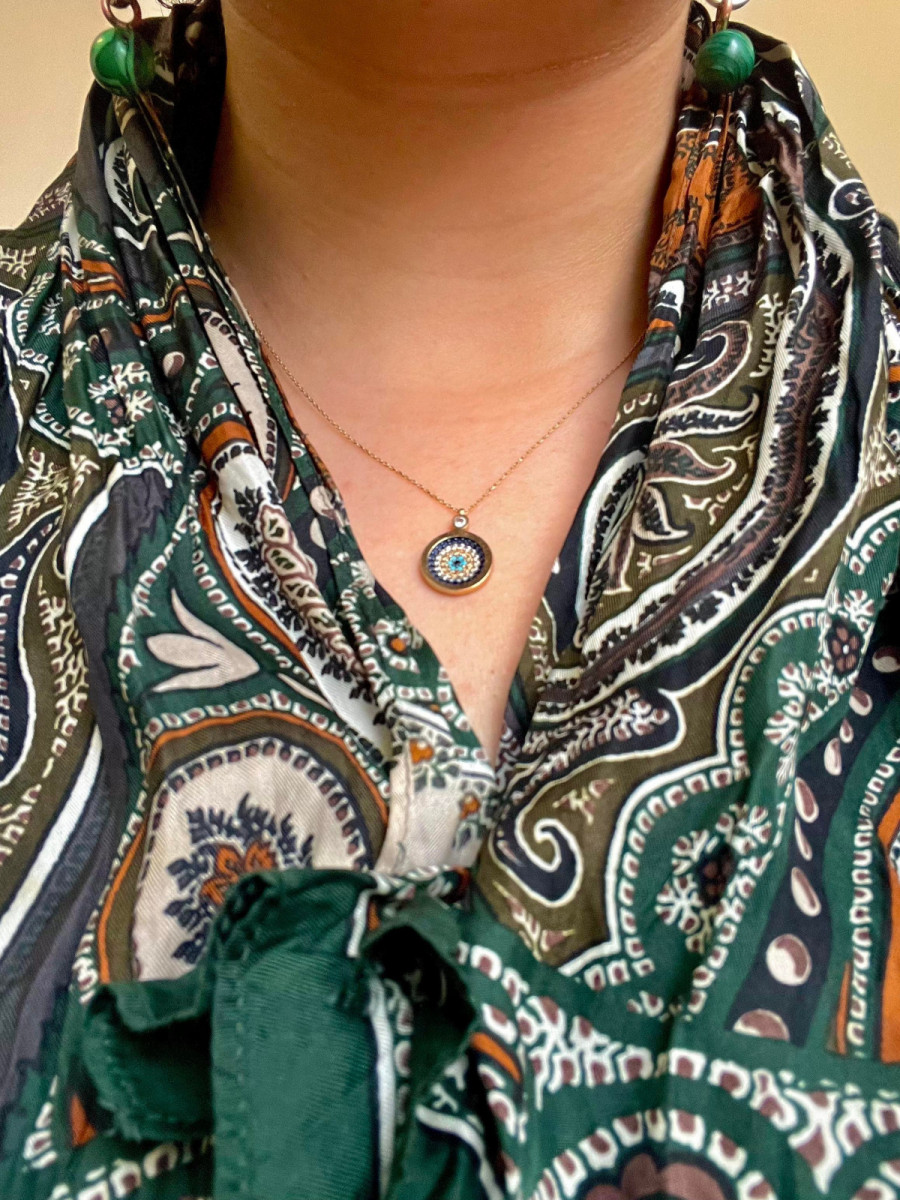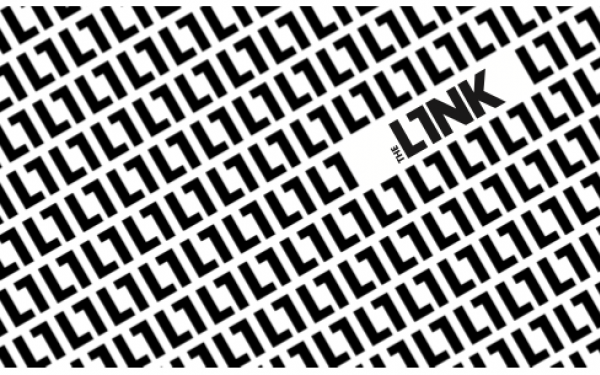Nazar is Not a Fashion Statement
If You’re Going To Wear An Evil-Eye Bead, Please Do It Respectfully
When I first saw the global trend of people wearing a massive evil-eye bead on a string wrapped around their neck, my initial response was laughter and second-hand embarrassment.
The nazar bead, more commonly known as the evil-eye, can surely be worn as an amulet. What was humorous to me was to see people in the West sport a version of the evil eye that is commonly hung on doors to ward off evil from a household.
The more I pondered, and the more often I saw a door ornament wrapped up around the necks of people who may not have a whole lot to say about the origins of the evil-eye bead, the less I was amused by this misappropriation.
Found in many cultures across the Mediterranean, Middle East, North Africa, Central and South Asia, the nazar (Arabic for surveillance) bead is used to deflect the malevolent gaze of others. It is meant to be aligned with the awareness of supernatural forces that may exert harm against a person or object through maleficence and greed. Believed to have originated in Mesopotamia, It is meant to be worn with the intention for protection.The nazar bead is therefore perceived to hold great power, and its use is meant to be deliberate rather than decorative.
Witnessing the extraction of cultural objects from cultures that may not be embraced or celebrated as a whole is simply unsettling. Growing up in Turkey, my peers and relatives told me not to sport an evil-eye bead to avoid coming across as superstitious or archaic. I cannot help but feel frustrated seeing the commodification of Middle-Eastern spiritual objects and practices.
It is wonderful to see more and more people willing to learn about and engage in non-Western spirituality, medicine and knowledge. That is not what I have an issue with. My issue is with making it into another trend, another fad, or picking and choosing elements of Eastern spirituality for aesthetic purposes and commodifying it in a Western fashion.
That’s what lies at the heart of materialism, and I cannot bear to see the utilization of the nazar bead as an apparatus of fashion trends and e-commerce. Do not even get me started on white self-proclaimed small business owners profiting off the nazar bead on Etsy or Depop.
There is more to the concept of nazar than an eye-shaped blue-white glass bead. The bead cannot and should not be isolated from its original context, and the trend of white folks wearing the nazar bead intended to be hung on doors exemplifies the lack of care for knowing how to engage with the concept of nazar appropriately. I invite those who choose to wear a nazar bead to educate themselves on the practice of nazar protection and honour the nazar bead in doing so.


_600_832_s.png)




